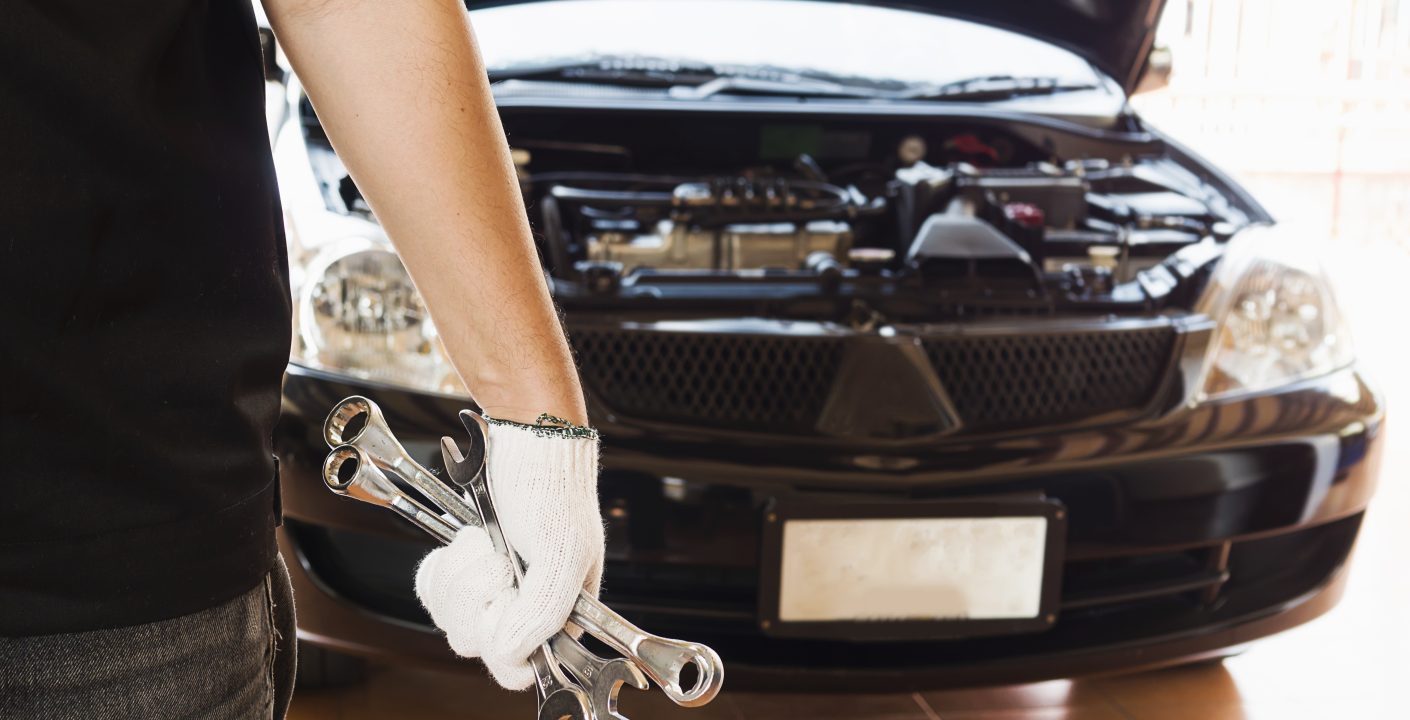Your car’s alternator is crucial to the electrical system, providing the necessary power to charge the battery and run electrical components. When the alternator malfunctions, it can lead to a host of issues, including a dead battery or a complete breakdown. Here’s a comprehensive guide on how to troubleshoot common alternator problems and get your vehicle back on track.
1. Warning Signs of Alternator Issues
Before diving into specific alternator troubleshooting methods, it’s essential to recognize the symptoms that point to potential alternator failure:
- Dim or Flickering Lights: If your headlights or interior lights are dimming or flickering, it could be a sign that your alternator is struggling to supply enough power.
- Battery Warning Light: The battery warning light on your dashboard doesn’t just indicate battery problems. It often lights up when the alternator is failing to charge the battery.
- Strange Noises: A failing alternator can produce grinding or whining sounds due to worn-out bearings or misaligned belts.
- Dead Battery: If your battery repeatedly dies despite being relatively new, it might not be the battery but the alternator that’s at fault.
- Electrical Failures: Slow power windows, malfunctioning power seats, or erratic dashboard electronics could point to a weak alternator.
2. Initial Checks
Before conducting any complex troubleshooting, perform these basic checks:
- Check the Battery: Use a multimeter to check the battery voltage. If the voltage reads 12.4 to 12.6 volts when the engine is off and drops significantly below that when starting, the issue could be the alternator.
- Inspect the Alternator Belt: A loose or broken belt could prevent the alternator from charging properly. Check for wear and tear or cracks in the belt.
- Corroded Connections: Inspect the battery terminals and alternator connections for corrosion. Clean them with a wire brush to ensure a proper electrical connection.
3. Test the Alternator with a Multimeter
A multimeter is a handy tool that can help diagnose alternator problems. Here’s how to use it:
- Step 1: Set your multimeter to DC volts.
- Step 2: With the engine off, connect the positive multimeter lead to the positive terminal of the battery and the negative lead to the negative terminal.
- Step 3: Start the engine and observe the reading. A healthy alternator should output between 13.8 and 14.8 volts. Anything below this range suggests that the alternator is not charging properly.
4. Perform the Headlight Test
Another quick way to check the alternator is through the headlight test:
- Step 1: Start your car and turn on the headlights.
- Step 2: Rev the engine slightly while observing the headlights.
- Step 3: If the headlights brighten as you rev the engine, the alternator is working. If they remain dim or flicker, the alternator may not be providing enough power.
5. Inspect the Alternator Pulley and Belt
The alternator relies on a pulley and belt system to generate electricity. Check the following:
- Pulley Alignment: Ensure that the pulley is aligned properly. Misalignment can cause squealing noises and affect the alternator’s efficiency.
- Belt Condition: Examine the belt for wear and tear, cracks, or glazing. A worn-out belt can slip, reducing the alternator’s performance.
6. Check for Failing Diodes
The diodes in the alternator convert AC current to DC current. When a diode fails, it can cause a ripple effect in the electrical system:
- Symptoms of Bad Diodes: Signs include dimming lights, a burning smell, or electrical components malfunctioning.
- Testing Diodes: You can test for failing diodes by setting the multimeter to the diode setting and checking for continuity between the alternator’s terminals.
7. Alternator Brushes and Bearings
Over time, the brushes and bearings in your alternator can wear out. This wear can lead to a variety of symptoms:
- Worn Brushes: Brushes transfer electrical current to the rotor. If they’re worn out, the alternator won’t generate electricity efficiently.
- Worn Bearings: Bearings ensure that the rotor spins smoothly inside the alternator. If they wear out, you may hear grinding or whining noises, and the alternator could fail completely.
8. Perform an Alternator Load Test
If you’re still unsure about your alternator’s performance, an alternator load test can help:
- Step 1: Take your vehicle to an auto parts store, where many offer free alternator testing.
- Step 2: The technician will connect a load tester to your car’s battery and alternator to simulate real-world driving conditions. This test will reveal whether the alternator is capable of keeping the battery charged under a load.
9. When to Replace the Alternator
If your alternator fails any of the above tests or troubleshooting methods, it might be time to replace it. While some individual components like brushes or diodes can be repaired, it’s often more cost-effective and reliable to replace the entire unit.
Your alternator plays a crucial role in keeping your vehicle’s electrical system running smoothly. By learning how to troubleshoot common alternator issues, you can catch problems early and avoid getting stranded with a dead battery. If in doubt, it’s always a good idea to consult a professional mechanic to confirm the issue and prevent further damage to your car.



